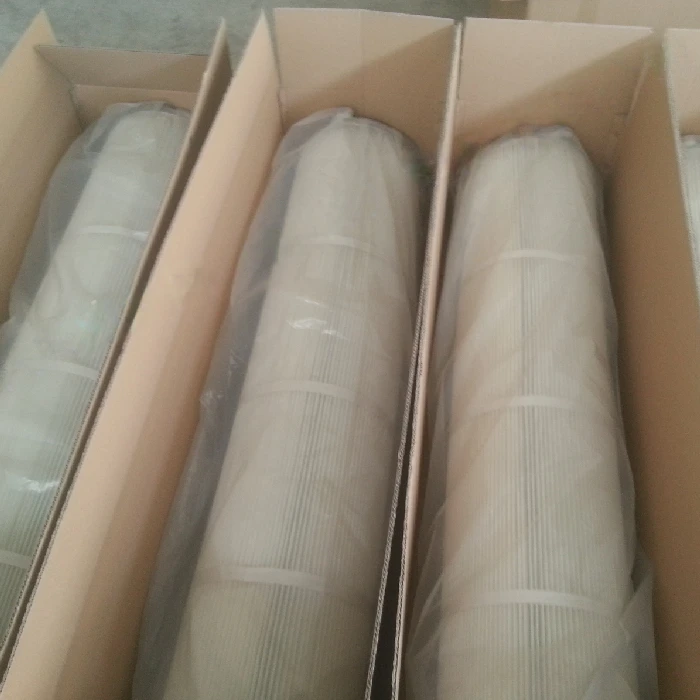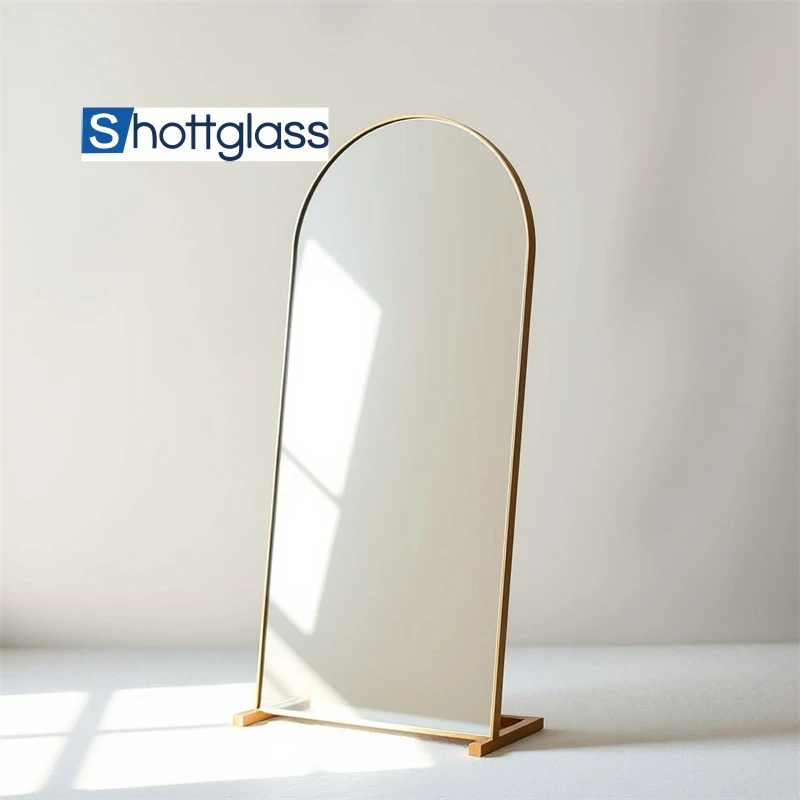Sep . 02, 2024 15:08 Back to list
toughened and laminated glass
Toughened and Laminated Glass A Comprehensive Overview
In recent years, the demand for advanced glass products has significantly increased in various industries, particularly in construction, automotive, and interior design
. Among the most sought-after types of glass are toughened (or tempered) glass and laminated glass, each offering unique benefits and applications.Toughened glass is created through a process that involves heating the glass to a high temperature and then rapidly cooling it. This method increases its strength and thermal resistance, making it up to five times stronger than ordinary glass. The properties of toughened glass make it ideal for environments that experience high levels of stress or impact. For instance, toughened glass is commonly used in skyscrapers, shower doors, glass doors, and facades. In the event of breakage, rather than shattering into sharp, dangerous shards, toughened glass breaks into small, blunt pieces that are less likely to cause injury. This safety feature has made toughened glass a preferred choice for public buildings and high-traffic areas.
On the other hand, laminated glass consists of two or more layers of glass held together by an interlayer, usually made from polyvinyl butyral (PVB). The manufacturing process involves sandwiching the interlayer between the glass layers and then applying heat and pressure to bond them securely. This type of glass is renowned for its excellent acoustic properties, UV protection, and resistance to penetration. In scenarios where safety is paramount, laminated glass acts as a barrier against break-ins and vandalism. Even when it breaks, the interlayer holds the shards in place, preventing them from falling apart and ensuring that the structure remains intact.
toughened and laminated glass

Laminated glass is commonly used in a variety of applications, including automobile windshields, skylights, and safety glass for buildings. Its ability to filter UV rays makes it an excellent choice for reducing sun damage to interiors while also enhancing energy efficiency. The sound dampening properties of laminated glass make it a popular option in urban settings, where noise pollution is a concern.
Both toughened and laminated glass offer significant advantages over standard glass, and the choice between them largely depends on the specific requirements of each project. For instance, if enhanced strength and resistance to thermal stress are required, toughened glass may be the better option. Conversely, for applications prioritizing safety and noise reduction, laminated glass is often preferred.
In conclusion, toughened and laminated glass represent advancements in glass technology that cater to a wide range of needs across multiple industries. By understanding their unique properties and applications, architects, builders, and designers can make informed decisions that enhance both safety and aesthetic appeal in their projects.
-
Sustainable Practices in a Modern Coated Glass Factory
NewsAug.07,2025
-
Insulated Glass Unit Installation Best Practices and Tips
NewsAug.07,2025
-
Frosted Glass Types and Custom Solutions for Sale
NewsAug.07,2025
-
Current Clear Float Glass Price Trends in Global Markets
NewsAug.07,2025
-
Comparing Different Types of Laminated Glass Performance
NewsAug.07,2025
-
Best Anti Fog Bathroom Mirror Solutions for Humid Climates
NewsAug.07,2025
Related PRODUCTS














